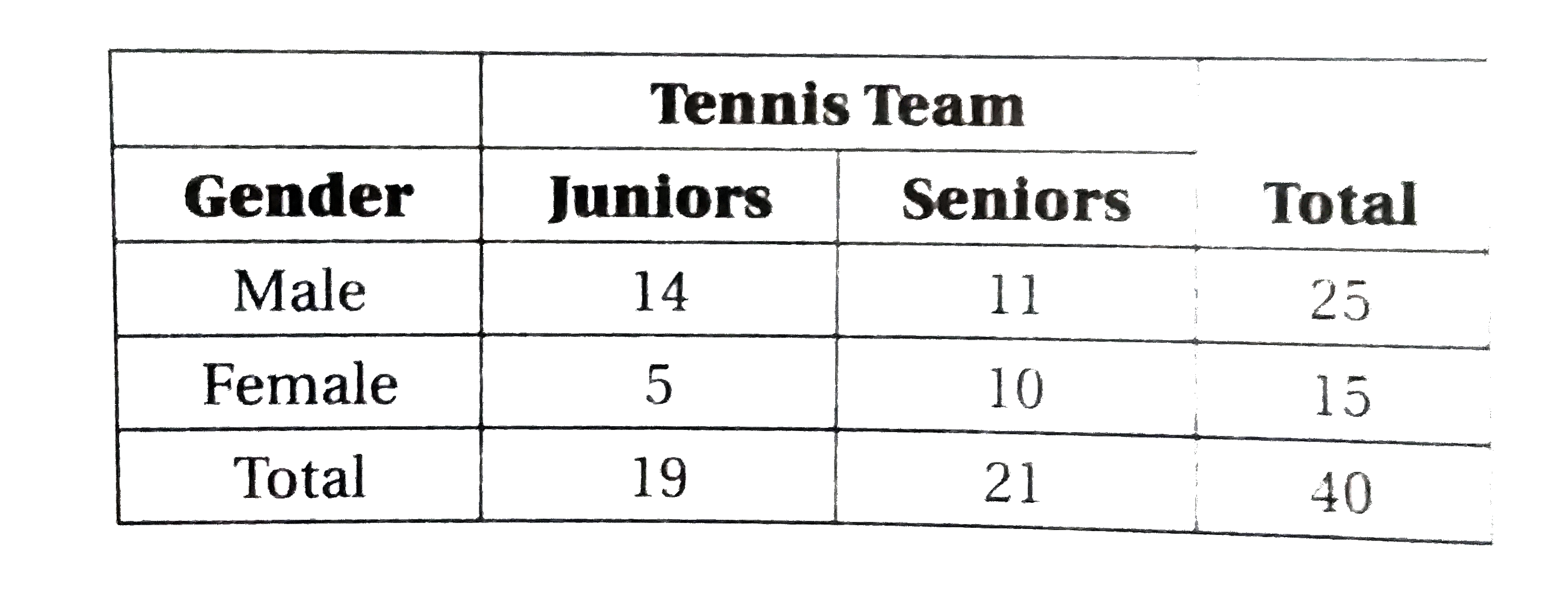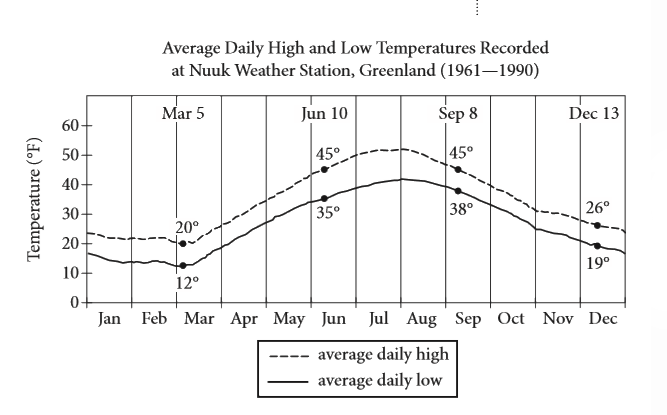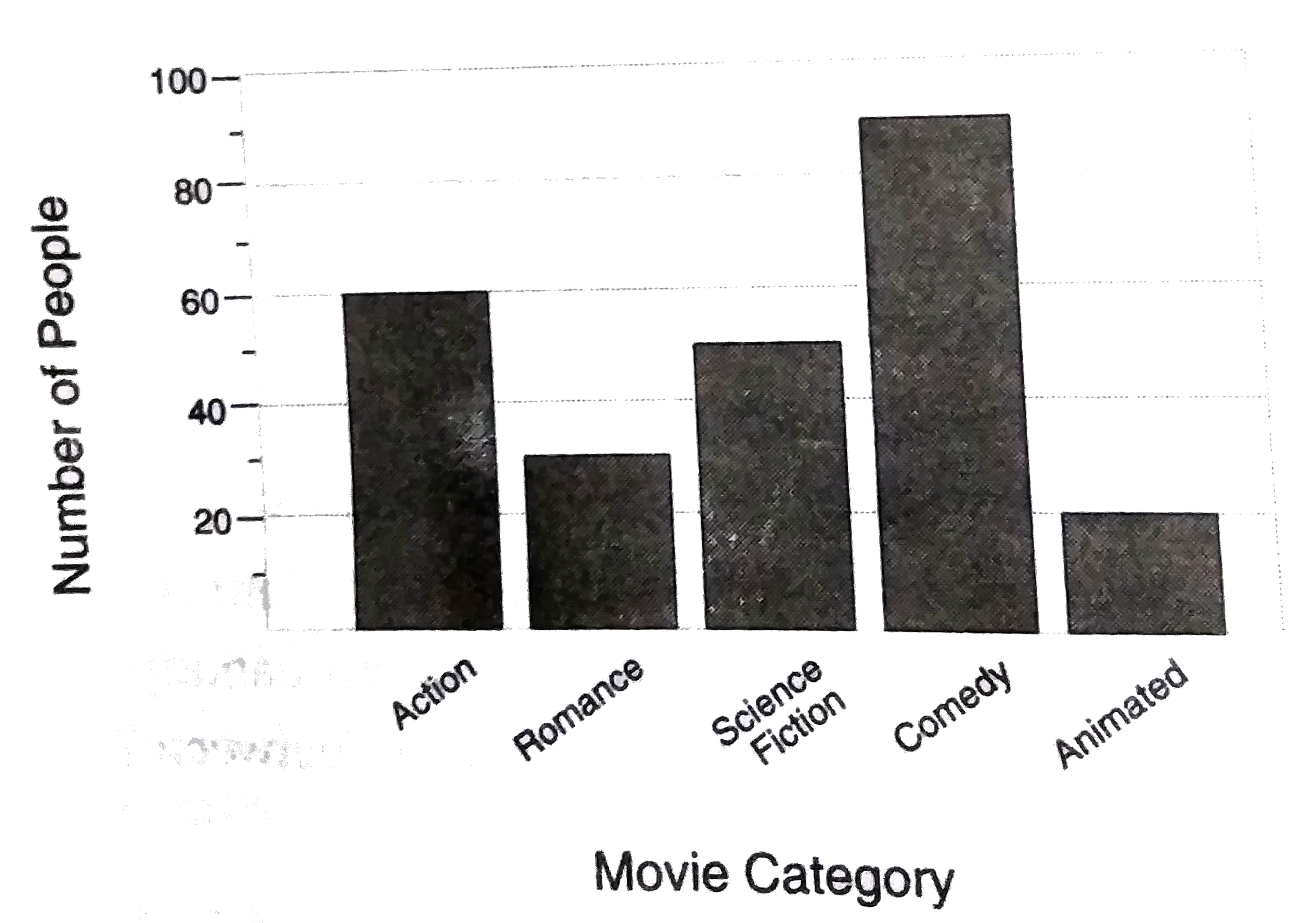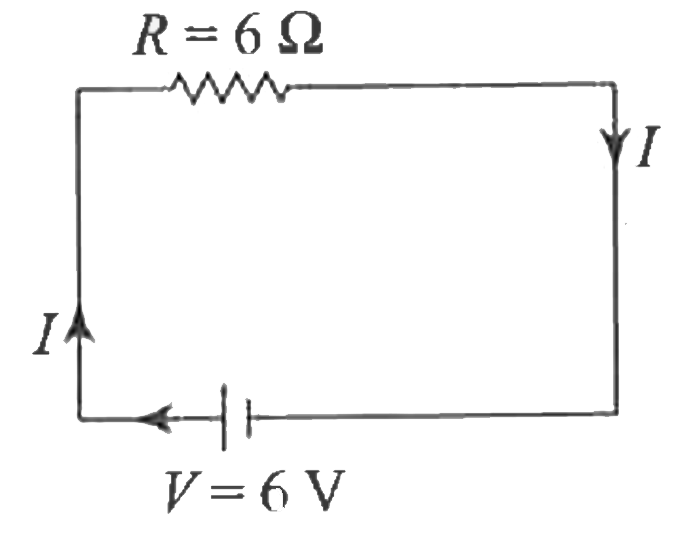A charitable association an average of 66 reffle tickets per member. Among the female members, the average was 70 raffle tickets. The male to female ratio of the association is 1:2. What was the average number of tickets sold by the male members of the association?
The correct Answer is:58 tickets
Step by step video, text & image solution for A charitable association an average of 66 reffle tickets per member. Among the female members, the average was 70 raffle tickets. The male to female ratio of the association is 1:2. What was the average number of tickets sold by the male members of the association? by Maths experts to help you in doubts & scoring excellent marks in Class 12 exams.
Similar Questions
A committee of 11 members is to be formed from 8 males and 5 m=females. If m is the number of ways the committee is formed with at least 6 males and n is the number of ways the committee is formed with atleast 3 females, then
View SolutionThe downtown Business Association (DBA) in a certain plans to increase its member ship bya totalof n businesses per year. Therewere b businesses in the DBA at the beginning of this year. Which function best models the total number of businesses, y,the DBA plans to have as members x years from now?
View Solution
Knowledge Check
- Question 1 - Select One

The table above shows the composition of a coed high school tennis team with a total of 40 members. A player who will be selected at random from the team will be selected at random from the ream will be given two free tickets will be given to either a female junior player or a male senior player?A18B14C25D12 - Question 2 - Select One
Dark Snow
Most of Greenland’s interior is covered by a thick layer of ice and compressed snow known as the Greenland Ice Sheet. The size of the ice sheet fluctuates seasonally: in summer, average daily high temperatures in Greenland can rise to slightly above 50 degrees Fahrenheit, partially melting the ice, in the winter, the sheet thickens as additional snow falls, and average daily low temperatures can drop to (12) as low as 20 degrees–––––––––––––––––––––.

Typically, the ice sheet begins to show evidence of thawing in late (13)summer. This follows––––––––––––––––––––––– several weeks of higher temperatures. 14 For example––––––––––––––, in the summer of 2012, virtually the entire Greenland Ice Sheet underwent thawing at or near its surface by mid-July, the earliest date on record. Most scientists looking for the causes of the Great Melt of 2012 have focused exclusively on rising temperatures. The summer of 2012 was the warmest in 170 years, records show. But Jason (15) Box, an associate––––––––––––––––––– professor of geology at Ohio State believes that another factor added to the early (16) (thaw), the “dark snow” problem.
According to Box, a leading Greenland expert, tundra fires in 2012 from as far away as North America produced great amounts of soot, some (17) of it–––––drifted over Greenland in giant plumes of smoke and then (18) fell–––– as particles onto the ice sheet. Scientists have long known that soot particles facilitate melting by darkening snow and ice, limiting (19) it’s–––– ability to reflect the Sun’s rays. As Box explains, “Soot is an extremely powerful light absorber. It settles over the ice and captures the Sun’s heat.” The result is a self-reinforcing cycle. As the ice melts, the land and water under the ice become exposed, and since land and water are darker than snow, the surface absorbs even more heat, which (20) is related to the rising temperatures–––––––––––––––––––––––––––––––––––––––.
[1] Box’s research is important because the fires of 2012 may not be a one-time phenomenon. [2] According to scientists, rising Arctic temperatures are making northern latitudes greener and thus more fire prone.[3] The pattern Box observed in 2012 may repeat (21) itself again––––––––––––, with harmful effects on the Arctic ecosystem. [4] Box is currently organizing an expedition to gather this crucial information. [5] The next step for Box and his team is to travel to Greenland to perform direct sampling of the ice in order to determine just how much the soot is contributing to the melting of the ice sheet. [6] Members of the public will be able to track his team’s progress—and even help fund the expedition—through a website Box has created. (22)ANO CHANGEBsootCof whichDDELETE the underlined portion. - Question 3 - Select One
Dark Snow
Most of Greenland’s interior is covered by a thick layer of ice and compressed snow known as the Greenland Ice Sheet. The size of the ice sheet fluctuates seasonally: in summer, average daily high temperatures in Greenland can rise to slightly above 50 degrees Fahrenheit, partially melting the ice, in the winter, the sheet thickens as additional snow falls, and average daily low temperatures can drop to (12) as low as 20 degrees–––––––––––––––––––––.

Typically, the ice sheet begins to show evidence of thawing in late (13)summer. This follows––––––––––––––––––––––– several weeks of higher temperatures. 14 For example––––––––––––––, in the summer of 2012, virtually the entire Greenland Ice Sheet underwent thawing at or near its surface by mid-July, the earliest date on record. Most scientists looking for the causes of the Great Melt of 2012 have focused exclusively on rising temperatures. The summer of 2012 was the warmest in 170 years, records show. But Jason (15) Box, an associate––––––––––––––––––– professor of geology at Ohio State believes that another factor added to the early (16) (thaw), the “dark snow” problem.
According to Box, a leading Greenland expert, tundra fires in 2012 from as far away as North America produced great amounts of soot, some (17) of it–––––drifted over Greenland in giant plumes of smoke and then (18) fell–––– as particles onto the ice sheet. Scientists have long known that soot particles facilitate melting by darkening snow and ice, limiting (19) it’s–––– ability to reflect the Sun’s rays. As Box explains, “Soot is an extremely powerful light absorber. It settles over the ice and captures the Sun’s heat.” The result is a self-reinforcing cycle. As the ice melts, the land and water under the ice become exposed, and since land and water are darker than snow, the surface absorbs even more heat, which (20) is related to the rising temperatures–––––––––––––––––––––––––––––––––––––––.
[1] Box’s research is important because the fires of 2012 may not be a one-time phenomenon. [2] According to scientists, rising Arctic temperatures are making northern latitudes greener and thus more fire prone.[3] The pattern Box observed in 2012 may repeat (21) itself again––––––––––––, with harmful effects on the Arctic ecosystem. [4] Box is currently organizing an expedition to gather this crucial information. [5] The next step for Box and his team is to travel to Greenland to perform direct sampling of the ice in order to determine just how much the soot is contributing to the melting of the ice sheet. [6] Members of the public will be able to track his team’s progress—and even help fund the expedition—through a website Box has created. (22)ANO CHANGEBBox an associate professor of geology at Ohio State,CBox, an associate professor of geology at Ohio State,DBox, an associate professor of geology, at Ohio State

Question 1 and 2 refer to the graph above that summarizes a survey of a group of 250 people who were randomly selected when leaving a multiplex movie threater and asked what type of movie they had seen.
Q. If a total of 1,700 tickets were sold for the five types movies represented in the histogram, what is the best estimate for the number of tickets sold to the Ramance movie?View SolutionIn a certain (25)th of the energy of molecules is associated with the ratation of molecules and the rest of it is associated with the motion of the centre of mass.
(a) What is the average translational energy of one such molecule when the temperature id 27∘C ?
(b) How much energy must be supplied to one mole of thsi gas constant volume to raise the temperature by 1∘C ?View SolutionAt what temperature will average speed of the molecules of the second member of the series CnH2n be the same to that of Cl2 at 627∘C?
View SolutionAmong the list {1,2,3,4,7,7,10,10,11,14,19,19,23,24,25,26}. what is the ratio of the largest item in Quartile 2 to the average value in Quartile 4?
View SolutionConsider the circuit in the figure.

(a) how much energy is absorbed by electrons from the initial state of no current (ignore thermal motion) to the state of drift velocity?
(b) Electrons give up energy at the rate of Rl2 per second to the thermal energy. What time scale would the number associate with energy in problem (a)? n = number of electron/volume =1029/m3. Length of circuit = 10cm cross-section = A=(1mm)2.View Solution

